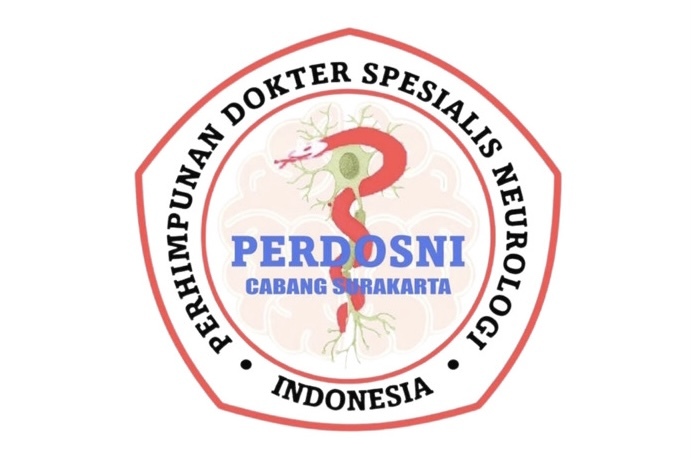Profile of HIV/AIDS Patients with Neurological Manifestations in The Tertiary Referral Hospital in Bali
DOI:
https://doi.org/10.20961/magnaneurologica.v2i2.1097Keywords:
characteristics, HIV, neurological manifestations, profileAbstract
Background: Neurological manifestations in approximately half of Human Immunodeficiency Virus/Acquired Immunodeficiency Syndrome (HIV/AIDS) patients are related to high morbidity and mortality worldwide. Therefore, there is a need for epidemiological data on HIV/AIDS patients with neurological manifestations in Bali, as an international tourism destination.
Objective: This study aimed to describe the clinical profile of neurological manifestations among patients with HIV/AIDS in the tertiary referral hospital for Bali and Nusa Tenggara region.
Methods: A descriptive-retrospective study was conducted on HIV/AIDS patients presenting with neurological manifestations hospitalized in the Neurology Department of Prof. Dr. I.G.N.G Ngoerah Hospital Denpasar from January 2018 to December 2021.
Results: Among the 227 subjects included in this study, the majority were male (69.9%) and HIV positive newly diagnosed (69.2%). Furthermore, out of 126 subjects who had CD4 data, the majority were with CD4 <200 cells/mm3 (85.7%) and 53.1% were <50 cells/mm3, with ages ranging from 18 to 67 years old, at a median of 36 years old. The most common neurological signs and symptoms found were paresis/paralysis (61.7%), headache (54.6%), decreased consciousness (52.9%), and cranial nerve palsy (52%). Cerebral toxoplasmosis (67.4%) and tuberculous meningoencephalitis (20.3%) were the prevalent opportunistic infections, while the mortality rate was 39.6% with sepsis as the major cause.
Conclusions: Neurological manifestations are common initial symptoms in diagnosing HIV infection. Therefore, better awareness and earlier detection are required among people with risk factors of HIV transmission, particularly in groups of young and productive age with signs of immunocompromised condition as well as neurological manifestations.
Downloads
Published
Issue
Section
License
Copyright (c) 2024 Anak Agung Ayu Suryapraba, Aurelia Vania, Anak Agung Raka Sudewi, Ni Made Dewi Dian Sukmawati, Ni Made Susilawathi

This work is licensed under a Creative Commons Attribution 4.0 International License.
This is an open-access article distributed under the terms of the Creative Commons Attribution 4.0 International License (https://creativecommons.org/licenses/by/4.0/).















